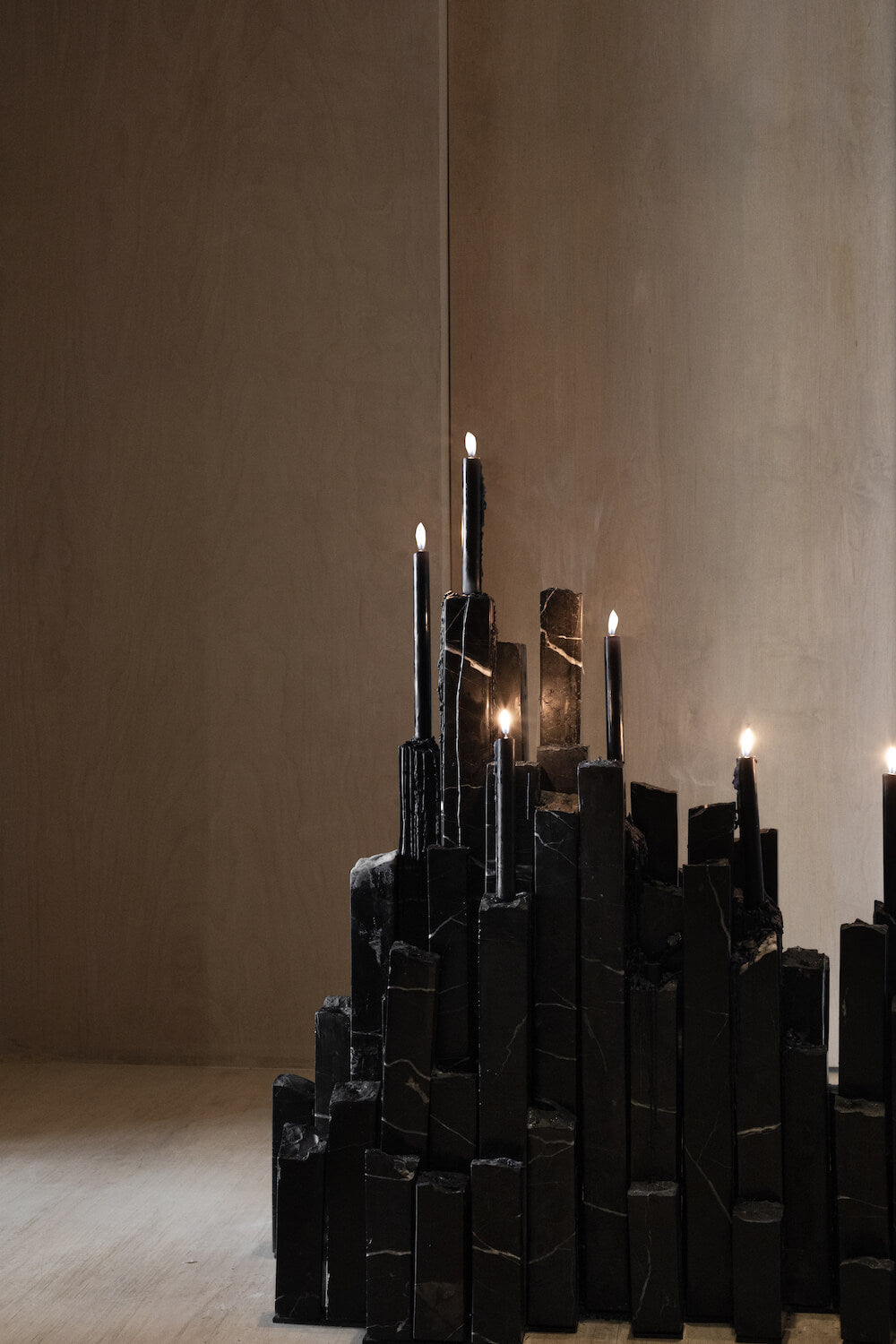Amidst the fields of blue-green agave, outside of bustling Guadalajara, Tequila Volcano rises on the horizon in gentle ridges. It is one of many volcanoes along the fault lines that line the conjunction between the Pacific Ocean and the Americas, along what’s known as the Ring of Fire, the string of seismic potential and volcanoes that stretches from Chile, up the spine of North America, around the poles and down Asia, terminating in New Zealand.
For many, this ring on the face of the earth is a point of anxiety—and for good reason, volcanoes and earthquakes have long brought destruction and displacement to the world of humans. But, looking deeper in time and earth, one can see that the eruptions on the surface of the earth are signs of ancient processes. The ring itself is a symbol of unity, connecting the heat of Terra del Fuego with that of Aeotorea—and between the canyons and green peaks of British Columbia and the ashen hills of Jalisco.

Photo Credit: Marmotech Design Center
It was in this landscape that sculptor Andrés Monnier was born, in Guadajara, the second biggest city in Mexico, with its towers and mezcalerias and ceramic factories. Destined to be a doctor or veterinarian, Monnier moved from the city of his birth to Ensenada, where he founded his workshop, working with a team to shape stone into decorative sculptures and design pieces that are both brutal and elegant.
“It was a drastic change,” says Monnier of his decision to follow his dreams to create meaningful things that allowed him to feel fulfilled and connected with others. “All of it changed when I started to appreciate design and what it really means.”


Left Image: Prometheo Uno - Fire Table. Photo Credit: Gabriel Gallegos
Right Image: Ritus - Candelabra. Photo Credit: Alejandro Ramírez
Though he now enjoys walks on the beach with his beloved dogs, Teo and Nena, his work still reflects the deep materiality of volcanic Mexico. Much of the sculptor’s work is raw—made in his workshop—and bears the mark of his own hand. Some objects are purely decorative, such as spires of stone or towers, and some more explicitly functional, such as his low-lying tables and mirrors.
The most striking pieces embrace the slowness of the earth’s deep processes, where Monnier carves stones into large objects with multiple spires. For some pieces, roughly hewn stones hold at their peaks fire elements that turn the whole work into a massive candelabra. The works show the slowness that comes with the use of materials that reflect natural elements.

Hyphae - Mycelium Rock Installation. Photo Credit: Alejandro Ramírez
For Monnier, the use of stone in the work helps to communicate deep time, a scale that, when viewed from the perspective of the shortness of life, borders on timelessness.
“Rock formations have been in the universe for longer than what we can understand,” he said. “I like to think that the weight of the stone is the weight of what we call and interpret as ‘time.’ It is a human construct that has helped us to measure the unstoppable movement of change.”

Trinidad - White Marble Candelabra. Photo Credit: Maison Mouton Noir courtesy of Galerie Philia
However, for Monnier, the process of working with stone has helped him to learn about himself and his relationship with the world. Intervening in the stone through craft allows for a communion with the deep time that stretches out all around us, in the expanse of stone that stretches to the horizon in the form of volcanic peaks and deep into the thick shell and fiery core of our planet.
“Shaping the textures, volume, material and all the physical properties of the stones had impacted me in a way to realize that there's a similar process between shaping a rock and shaping our minds,” said the artist.
This is why it’s so important for Monnier to work directly with his works, fabricating them at his workshop alongside a team of dedicated artisans. To touch stone and shape it is to touch time, and to work alongside the flow of stone and fire and mind.



